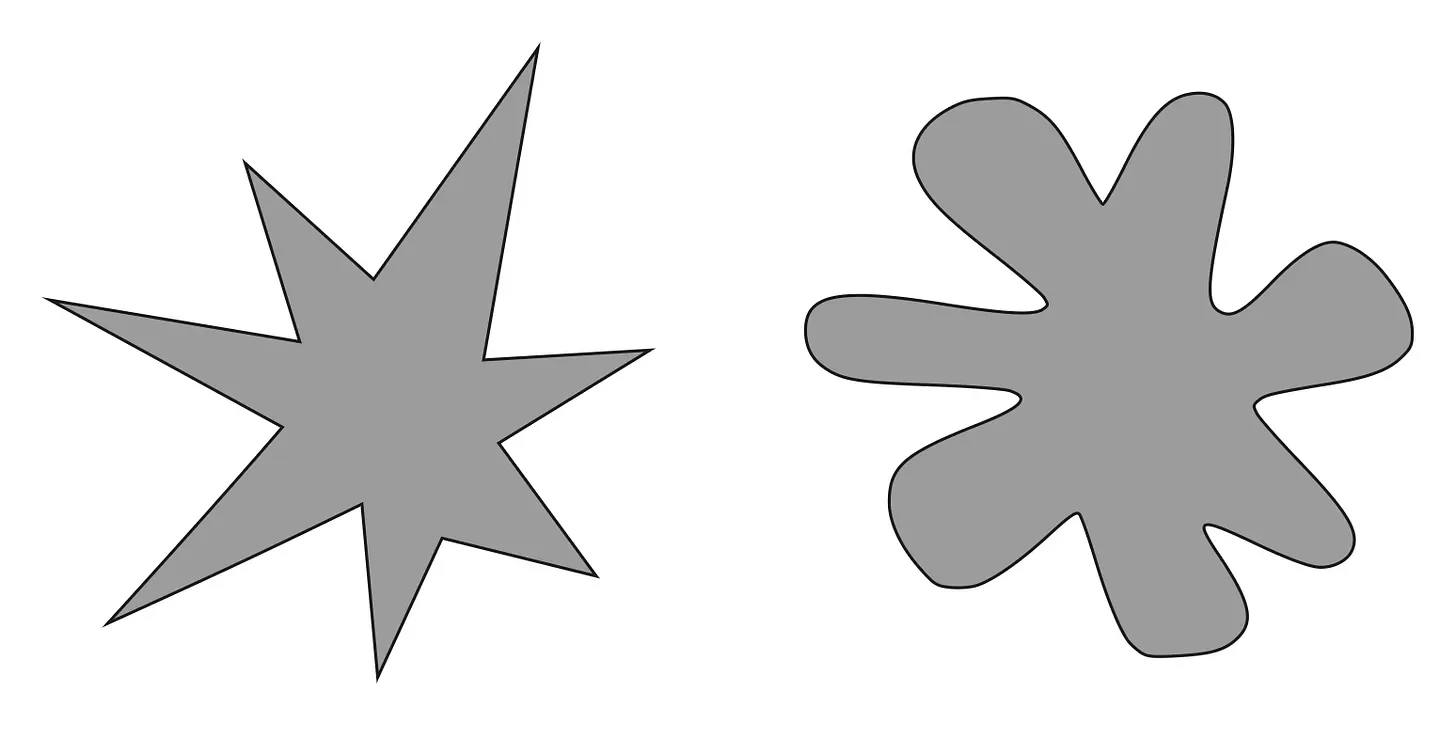Pu
Meet Bouba and Kiki. Who’s who? You probably already know. Without prompting, over 95% of people instinctively assign “Kiki” to the jagged, spiky shape and “Bouba” to the soft, round one. But why?
Read MoreWhat does it mean to “use one’s platform”? While the phrase often evokes images of performative gestures on social media, track & field athletes Tommie Smith and John Carlos enacted a more literal interpretation at the 1968 Mexico City Olympics.
Read MoreThe world’s oldest bonsai tree lives just a few kilometers outside Milan, Italy, in the small town of Parabiago. There, in a stately solarium at the Crespi Bonsai Museum, sits a 1,000-year-old Ficus retusa Linn. The so-called Ficus of Crespi found its home in the world’s first bonsai museum, after nearly a decade of negotiation between Japanese bonsai master Shotaro Kawahara and art merchant/painter Luigi Crespi. It stands, branches elegantly spread, as testament to a level of care and foresight nearly inconceivable for most contemporary visitors.
Read MoreAt the heart of many traditional Kashmiri weaving practices lies the Talim, an ancient symbolic notation system from as early as 3000 BC that transforms weaving into a complex linguistic configuration. The writing and decoding of talim — which bear a notable resemblance to the punch-cards of early computing machines — is an ancient and long-cherished skill, requiring a keen eye and a total mastery mirrored in the physical weaving process. The coded instruction system originates from the Arabic word ta‘līm (تعليم), meaning “education” or “instruction,” and represents a sophisticated communication method where each section of a grid represents a small portion of carpet, with colors and patterns encoded in precise, rhythmic instructions that often require hundreds of weavers to complete.
Read MoreLes journées de Juins (or the June Days uprisings) of 1848 were a brief but violent workers’ revolt in Paris against the conservative turn of the newly established French Republic. Though certainly not the first political upheaval in a city long defined by rebellion, these four days marked a consequential moment: the first known instance of a photograph appearing alongside a newspaper article. This image, attributed to Charles-François Thibault and printed in the French paper L’Illustration, captured not only the makeshift nature of the barricades (note the piled cobbles and the toppled wagon), but also the atmosphere of palpable suspense.
Read MoreJan Steen’s 17th-century painting The Village School has intrigued historians and psychologists alike as perhaps the earliest portrayal of modern day Attention Deficit Hyperactivity Disorder. The children depicted in Steen’s painting exhibit behaviors that meet many of the criteria designated by psychologists for ADHD, including leaving their seat, fidgeting, running around, difficulty playing quietly, and excessive talking.
Read More





